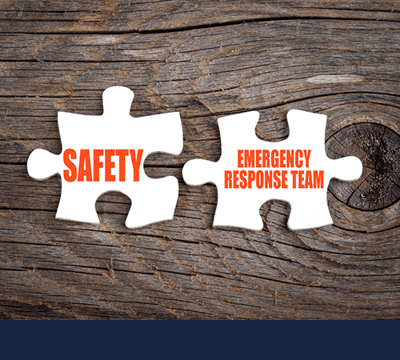Prevent
behavioral emergencies from starting by reducing pre-crisis conditions and behaviors
Intervene
verbally or physically, as required, to restore safety and stabilize a behavioral emergency
Recover
by taking care of all involved in the emergency, and returning to normal operations
Mitigate
by participating in post-incident safety and treatment planning to prevent recycling of the incident
Program Overview
This training focuses on how to implement and support a multidisciplinary team (Behavioral Emergency Response Team) whose role is to restore safety and promote recovery in crisis situations involving violent and/or self-destructive behaviors.
Target Audience
Individuals who are responsible for establishing or leading a Behavioral Emergency Response Team.
Issues Addressed That Require a Trained Response
- Physical assaults and injuries
- Unsafe restraint techniques, equipment, and applications
- Uncoordinated and counterproductive activity among team members
- Overuse use of physical restraints
- Inadequate patient and staff follow-up care
- Recycling of violent incidents
…Which can lead to…
- Reduced customer satisfaction and outcomes
- Increased liability and reputational risks
- More workers' compensation claims
- Lessened employee morale and retention

Develop the Knowledge, Skills, and Abilities to
- implement and deploy a Behavioral Emergency Response Team (BERT)
- assess risks and threats, and repair conditions that contribute to behavioral emergencies
- perform non-escalation and de-escalation to prevent and reduce emergency incidents
- lead and coordinate team responses to behavioral emergencies
- communicate effectively with a neurodivergent population
- verbally stabilize someone who has lost their ability to cope and is engaged in unsafe behaviors
- physically stabilize someone when verbal stabilization is ineffective or unsafe to continue (e.g., manual stabilization, soft safety shields, behavioral restraints)
- lead incident debriefings with the goal of preventing violence recycling





